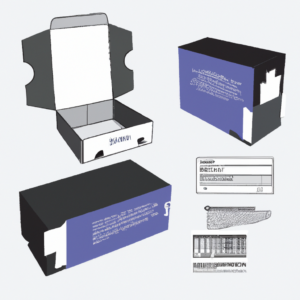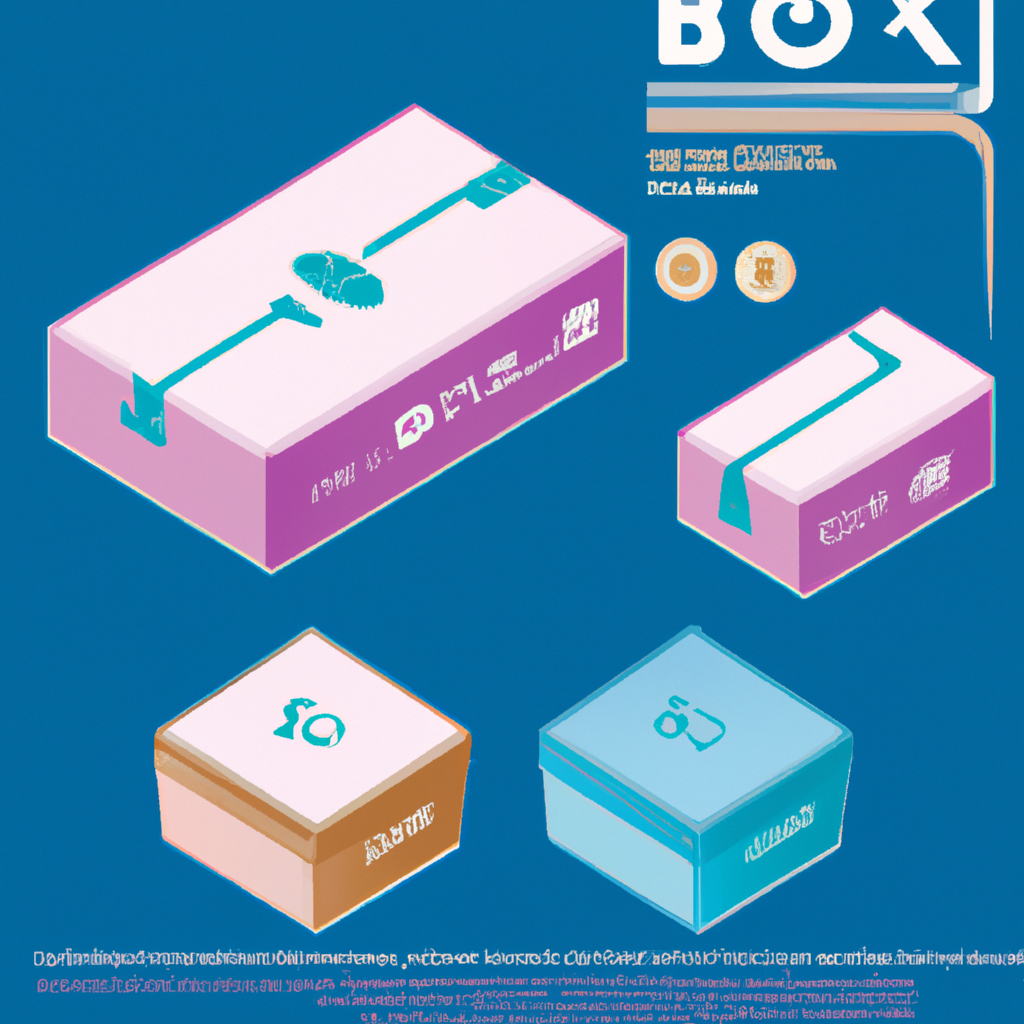Box Packaging Design: A Fusion of Form and Functionality
Julian Sanchez / 2023-08-25Packaging is no longer just a means of protecting products; it has evolved into a powerful tool that influences consumer perceptions, enhances brand identity, and plays a pivotal role in modern marketing strategies. Box packaging design stands at the forefront of this revolution, seamlessly blending aesthetic appeal with practical functionality to create a memorable and impactful customer experience.

Box Packaging Design
In today’s competitive business landscape, the significance of packaging goes beyond safeguarding products during transit. It serves as a silent salesman, communicating brand values and enticing customers to choose one product over another. When it comes to box packaging design, the harmony between form and functionality is crucial. A beautifully designed box can capture attention on the shelf, but it’s the seamless blend of user-friendly features that can turn a curious shopper into a loyal customer.
Understanding Box Packaging Design
At its core, box packaging design is the art and science of creating visually appealing and functional boxes that house products. It’s not just about slapping a logo on a box; it involves meticulous planning and execution. The design process considers factors such as size, shape, materials, graphics and typography. Striking the right balance between aesthetics and practicality is where the magic happens.
Key Elements of Effective Box Packaging
Visual elements are the first thing that catches a consumer’s eye. Vibrant colors, engaging visuals, and captivating graphics can create an instant connection. However, aesthetics should never overshadow the importance of clear and concise information. Consumers want to know what’s inside, how to use it, and why they should choose it. Hence, a successful box design incorporates both eye-catching visuals and informative content.
Form and Function: Striking the Perfect Balance
A visually stunning box that doesn’t fulfill its basic functions is a missed opportunity. Likewise, a bland box that doesn’t engage the senses won’t make a lasting impression. The true essence of effective box packaging design lies in harmonizing form and function. Take the example of electronics packaging – it needs to be alluring enough to attract attention while providing utmost protection.
The Psychology Behind Box Packaging Design
Packaging design is a silent communicator that speaks to consumers on a subconscious level. Colors evoke emotions, shapes convey meanings, and typography sets the tone. Understanding consumer psychology is vital in choosing these elements. For instance, earthy tones might resonate with an eco-friendly product, while bold colors could signify innovation and energy.
Factors Influencing Box Packaging Design
The design of a box depends greatly on the target audience and industry norms. A luxury product demands premium packaging materials and finishes, while an eco-conscious brand may opt for sustainable packaging solutions. Moreover, staying updated with packaging trends and considering environmental impact are key factors in modern packaging design.
The Design Process: From Concept to Reality
Creating a successful box packaging design involves a collaborative effort between designers, marketers, and manufacturers. It starts with brainstorming ideas and sketching concepts. These concepts are then translated into digital designs and prototypes. Once approved, the design moves into production. This process ensures that the final box not only looks great on the shelf but also meets practical requirements.
Challenges in Box Packaging Design
Designing within the confines of a three-dimensional space comes with its own set of challenges. Limited space can make conveying information tricky, especially when multiple languages are involved. Moreover, cost constraints must be considered, as intricate designs can drive up production expenses. Overcoming these challenges requires creative thinking and strategic design choices.
Innovations in Box Packaging
The world of packaging is evolving rapidly, incorporating technological advancements for enhanced functionality. Smart packaging, equipped with QR codes or NFC tags, bridges the gap between physical and digital realms. Eco-friendly packaging solutions, using biodegradable materials and minimalist designs, are also gaining traction, addressing environmental concerns.
Case Studies: Memorable Box Packaging Designs
Several brands have set benchmarks in box packaging design, leaving an indelible mark on consumers. Take Apple, for example; their sleek and minimalist packaging has become iconic. Similarly, cosmetic brands often excel in storytelling through their packaging, making the unboxing experience as delightful as the product itself.
The Future of Box Packaging
As industries adapt to changing consumer preferences and sustainability becomes paramount, the future of box packaging design holds exciting possibilities. We can anticipate more emphasis on reusable and recyclable materials, interactive packaging experiences, and even personalized designs tailored to individual customers.
Tips for Creating Remarkable Box Packaging
For businesses aiming to create packaging that stands out, here are some tips:
- Tell a Story: Use packaging to narrate the brand’s story and values.
- Think Practical: Ensure the design aligns with the product’s shape and purpose.
- Sustainability Matters: Embrace eco-friendly materials and designs.
- Keep it Authentic: Authenticity resonates with consumers, so avoid overhyping.
- Test and Iterate: Gather feedback and make improvements iteratively.
Measuring Success: Metrics for Packaging Impact
Tracking the impact of box packaging design is essential to refine future strategies. Key performance indicators include consumer feedback, brand recognition, and conversion rates. A well-designed packaging can lead to repeat purchases and positive word-of-mouth, driving business growth.
Conclusion
In a world where visual impressions and user experiences matter more than ever, box packaging design emerges as a fusion of form and functionality. It encapsulates a brand’s essence, communicates its values, and ensures the product’s safety. Businesses that recognize the power of packaging as a marketing tool are poised to create lasting connections with consumers and thrive in the competitive marketplace.

